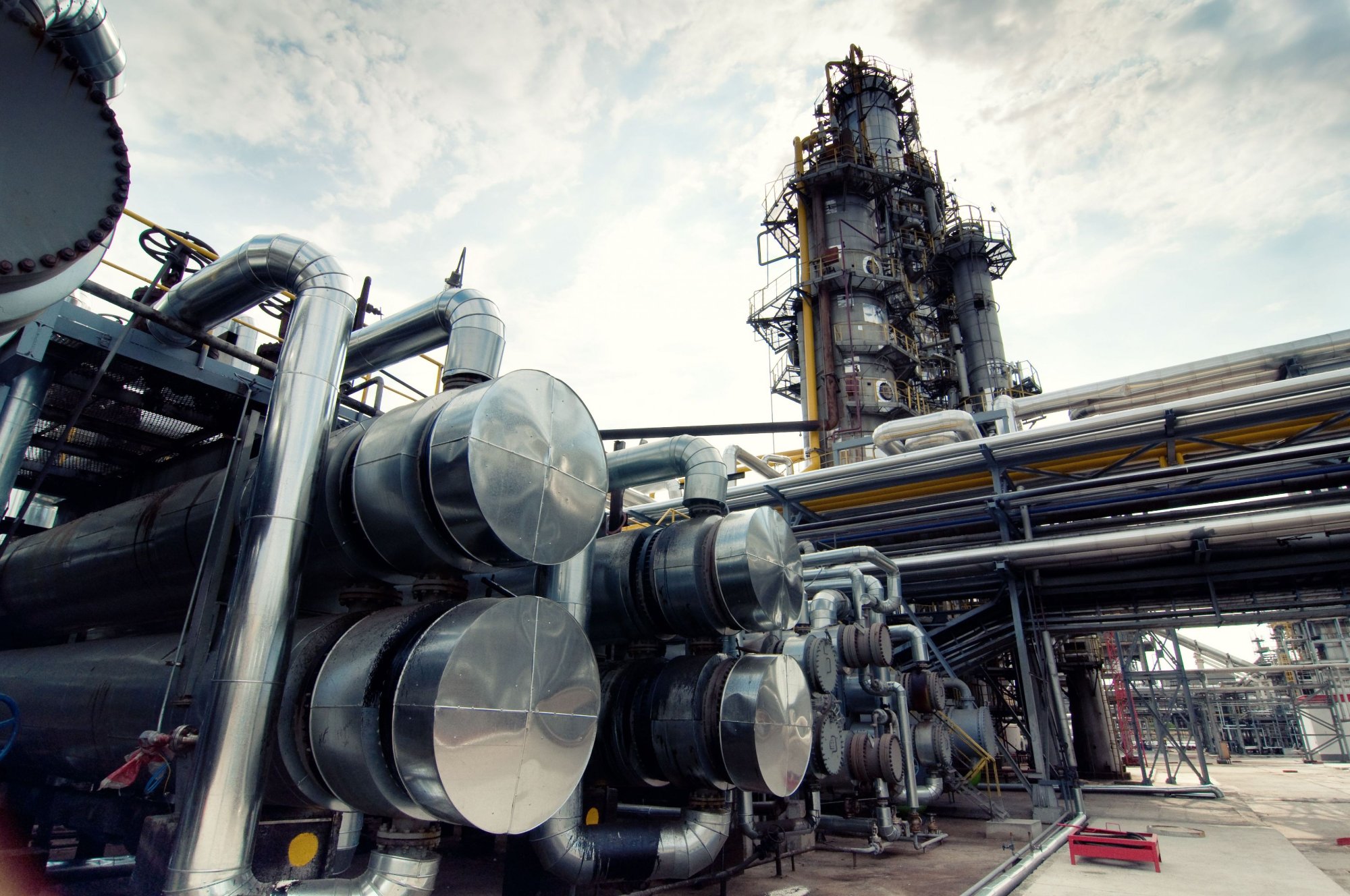Qeshm Gas Condensate Refinery, with a processing capacity of 120,000 barrels per day, will go on stream by the end of January next year, chief executive officer of Iranian Offshore Oil Company said.
Hamid Bovard added that pipe-laying operation and the refining units’ installation for the processing facility on Qeshm Island will be carried out in three weeks and the complex will be ready to produce petroleum byproducts with Euro-5 quality value, the National Iranian Oil Company's news portal reported on Sunday.
"The refinery's feedstock will be provided by offshore platforms in Hengam and South Pars gas fields," he said.
The refinery's output will be liquefied petroleum gas, kerosene, diesel, jet fuel and naphtha. Attaching great importance to the completion of the drawn-out project, the IOOC chief noted that the refining facility is aimed at capitalizing on cheap natural gas supply and creating much-needed jobs in the region.
Reportedly, the venture kicked off in 2004, but it has dragged on because of financial and managerial problems.
Asked about different scenarios to use the refinery's output, Bovard said one plan calls for transferring the fuels to the port city of Bandar Abbas, Hormozgan Province, through a pipeline to Iran’s national gas grid. The second plan is to store the products in the refinery and deliver them to newly-developed industries in Qeshm.
“In case the second plan is approved, grounds will be prepared to build compressed natural gas stations on the island,” he said.
Qeshm is estimated to sit atop more than 4 billion barrels of oil and 283 billion cubic meters of gas in place. It can become the energy hub in the Persian Gulf and serve as the largest producer of oil, gas and electricity.
Numerous hydrocarbon fields, the strategic Strait of Hormuz, proximity to Oman, connection to national gas network and access to Central Asia markets are among advantages of Qeshm to become an export hub for fossil fuels and derivatives.
Mohammad Hossein Daneshfar, a senior official at IOOC, recently said plans have been made to develop the oil and gas fields of Qeshm Island and turn the region into an energy hub over a decade.
Forouzan Development
According to Bovard, IOOC has installed two jackets for Forouzan Oilfield near Kharg Island, which is shared by Iran and Saudi Arabia in the Persian Gulf.
"The third jacket is being carried to its location," he said, noting that as soon as the platform is installed, drilling operations will gain momentum.
Pointing to plans for early production from the field, he expressed hope that at least two wells become operational by the end of the current fiscal that will end in March 2018.
“As soon as drilling operations are completed and the platform becomes fully operational, the field's output, currently standing at 40,000 barrels per day, will rise by 7,000 barrels a day,” he noted, adding that in addition to crude output, gas condensate production will also experience a twofold rise, jumping from 7 million cubic meters to 14 mcm.
Bovard noted that plans are going well for Forouzan Oilfield.
During the sanctions, the field's output dropped because of insufficient tanker storage capacity.


